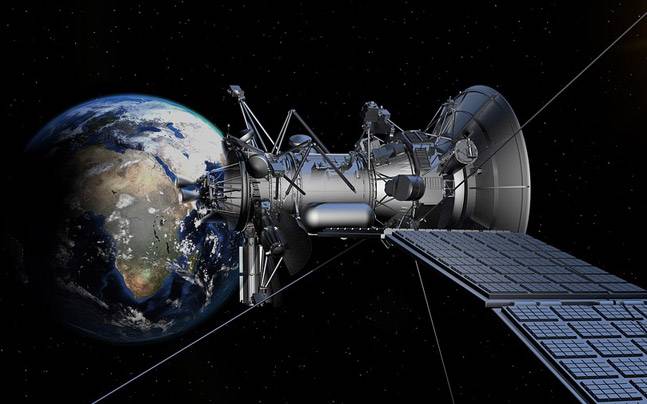Indian Space Research Organisation (Isro) is gearing up to launch hyperspectral imaging satellite (HySIS), an earth observation satellite, from the Sriharikota launch centre on Thursday morning. Over 30 foreign commercial satellites will be launched along with primary payload HySIS by the PSLV C43 rocket.
Talking to TOI, Isro chairman K Sivan said, “We are going to launch HySIS at 9.59 am on November 29 from Sriharikota. Over 30 foreign satellites, including nano and mini satellites, will also be launched along with the main payload. Out of the 30 commercial satellites, 23 are from the US.”
The satellite, which can see in 55 spectral or colour bands from 630 km above the ground, will be used for a range of applications like agriculture, forestry and assessment of coastal zones, inland waters, soil and other geological environments. Being an earth observation satellite, HySIS will also be used by the military for surveillance purpose.
The optical imaging detector array chip in the HySIS satellite has been designed by Isro’s Ahmedabad-based Space Applications Centre and manufactured by its electronic arm, Semi-Conductor Laboratory, Chandigarh.
The hyspex technology is still an evolving science and has become a new global trend. Hyperspectral imaging combines the power of digital imaging and spectroscopy. It collects and processes information from across the electromagnetic spectrum. Hyspex imaging enables distinct identification of objects, material or processes on the Earth by reading the spectrum for each pixel of a scene from space.
Soon after the HySIS launch on November 29, Isro will shift its eye to the European spaceport as its heaviest commercial satellite Gsat-11 weighing 5.7 tonnes will be launched from French Guiana on December 5 (December 4 evening according to Indian standard time). The high-throughput satellite, which carries 40 transponders in the Ku-band and Ka-band frequencies, is capable of “providing high bandwidth connectivity” with up to 14 gigabit per second (GBPS) data transfer speed.
Gsat-11, which will help increase internet speed in the country, was earlier this year recalled from French Guiana in order to check for possible glitches. Isro felt the need to take the unusual step of recalling the satellite in April as a precaution especially after the failure of the Gsat-6A satellite mission around the same time.
Source: TNN
Image Courtesy: IT
You may also like
-
New Heat-Based Approach To Cancer Treatment Can Reduce Chemotherapy Doses
-
Scientists Take A Major Step Towards Unification Of Classical & Quantum Gravity
-
India Graphene Engineering and Innovation Centre (IGEIC) Under the Vision of Viksit Bharat@2047 Launched
-
New High-Performance Gas Sensor can Monitor Low Level Nitrogen Oxides Pollution
-
Antidepressant Drug can be Repurposed for Treating Breast Cancer
